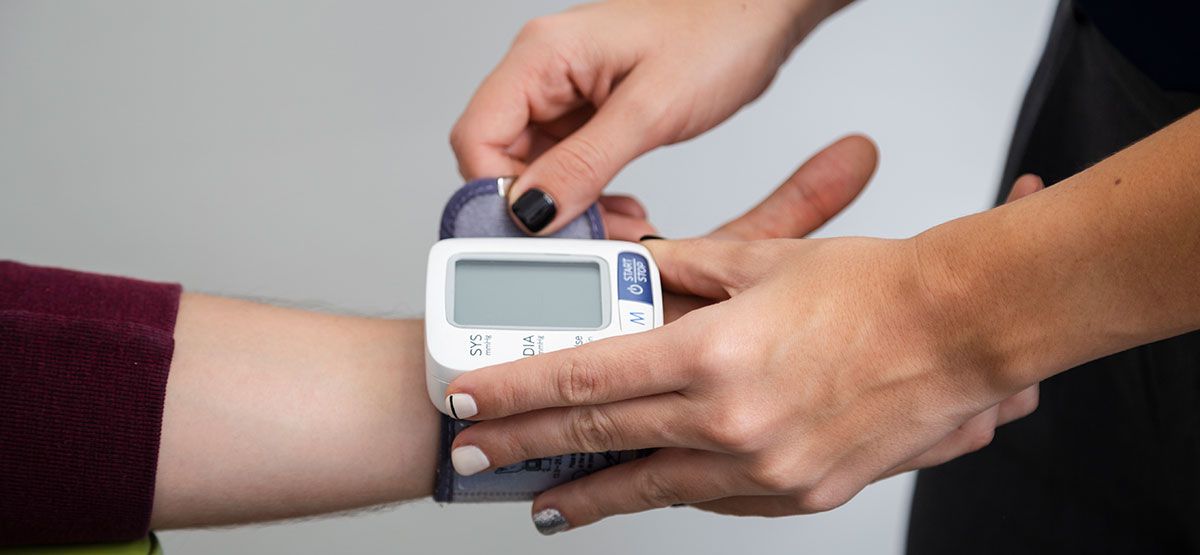
EUDAMED Vigilance Requirements and Steps
One of the modules of EUDAMED is Vigilance and Market Surveillance. EUDAMED will become mandatory for device Actors, Vigilance, Clinical Investigation/Performance Studies and Market Surveillance Modules by 2024.
Purpose of Vigilance System
Principal purpose of the Medical Device Vigilance System is to improve the protection of health and safety of patients, USERs and others by reducing the likelihood of reoccurrence of the INCIDENT elsewhere. This is to be achieved by the evaluation of reported INCIDENTs and, where appropriate, dissemination of information, which could be used to prevent such repetitions, or to alleviate the consequences of such INCIDENTs.
Medical Device Vigilance System includes:
1. Manufacturers
2. National Competent Authorities (NCA)
3. The European Commission
4. Notified Bodies
5. USERs and others concerned with the continuing safety of MEDICAL DEVICEs
What are Vigilance requirements?
Vigilance requirements includes Incident Reporting System using PSUR’s, FSCA’s, FSN’s, MIR’s, Trend Reports and PSR’s.
Definitions:
Periodic Safety Update Report (PSUR): The main objective of a PSUR is to present a summary of the results and conclusions of the analyses of post-market surveillance data relating to a device or a device group, thus allowing the reporting of any possible changes to the benefit-risk profile of the medical device(s), considering new or emerging information in the context of cumulative information on benefits and risks.
Field Safety Corrective Action (FSCA): A ‘Field Safety Corrective Action (FSCA)’ is a corrective action taken by a manufacturer for technical or medical reasons to either prevent or reduce the risk of a serious incident, which is associated with a device that is made available on the market.
Field Safety Notice (FSN): A ‘Field Safety Notice (FSN)’ is a communication sent by a manufacturer to users or customers in relation to a field safety corrective action.
Trend Report: Any statistically significant increase in the frequency or severity of incidents that are not serious incidents or that are expected undesirable side-effects that could have a significant impact on the benefit-risk analysis and which have led or may lead to risks to the health or safety of patients, users or other persons that are unacceptable when weighed against the intended benefits. The significant increase shall be established in comparison to the foreseeable frequency or severity of such incidents in respect of the device, or category or group of devices, in question during a specific period as specified in the technical documentation and product information.
Periodic Summary Report (PSR): A ‘Periodic summary report’ (PSR) is an alternative reporting regime by which the manufacturer, in agreement with the respective national competent authority that is coordinating the periodic summary reporting (and in consultation with the competent authorities referred to in Article 92(8) (a) MDR), can report similar serious incidents with the same device or device type in a consolidated way. Criteria for periodic summary reporting include situations where; the root cause has been identified, a FSCA has been implemented or where the serious incidents are common and well documented.
Submission of Vigilance Requirements in EUDAMED:
PSUR
Step 1: Preparation of PSUR
The PSUR preparation and issuance timeline refers to the period required for the manufacturer to prepare and submit PSUR (for Class III, Class IIa and Class IIb implantable devices according to Article 86) to the Notified Body via EUDAMED or make it available to the Notified Body after the end of the data collection period.
Step 2: Registering a PSUR in EUDAMED using PSUR Web Form for Manufacturer
The PSUR Web form for manufacturer contains all the relevant administrative data necessary for the registration of the PSUR in EUDAMED: certain fields are automatically populated by EUDAMED e.g. Notified Body, Manufacturer, Single Registration Number (SRN) while other data need to be filled up by the manufacturer via EUDAMED Web interface
The manufacturer should create a PSUR reference number which should remain the same for the PSUR updates. In case of grouping of devices within one PSUR, the PSUR reference number relates to the leading device.
When registering a PSUR in EUDAMED, the manufacturer should capture the Basic UDI-DIs of all the Class III or implantable devices belonging to the group via the web interface.
Step 3: Submission of PSUR
Depending on the class of the device and in accordance with Article 86(2), the manufacturer should either submit the PSUR to the Notified Body via EUDAMED or make it available to the Notified Body involved in the conformity assessment.
When EUDAMED becomes fully functional, the manufacturer should upload the PSUR in PDF format into EUDAMED for MDR class III devices or implantable devices and provide the information* of the PSUR Web form directly through the EUDAMED Web interface.
FSCA, FSN, MIR, PSR:
Step 1: Reporting of Serious Incidents and Field Safety Corrective Actions
Manufacturers of devices made available on the Union market, other than investigational devices, shall report, to the relevant competent authorities, in accordance with Articles 92(5) and (7), the following:
a) Any serious incident involving devices made available on the Union market, except expected side-effects which are clearly documented in the product
information and quantified in the technical documentation and are subject to trend reporting pursuant to Article 88;
b) Any field safety corrective action in respect of devices made available on the Union market, including any field safety corrective action undertaken in a third country in relation to a device which is also legally made available on the Union market, if the reason for the field safety corrective action is not limited to the device made available in the third country.
c) For similar serious incidents that occur with the same device or device type and for which the root cause has been identified or a field safety corrective action implemented or where the incidents are common and well documented, the manufacturer may provide periodic summary reports instead of individual serious incident reports, on condition that the coordinating competent authority
- Manufacturers should report serious incidents and field safety corrective actions to the respective/relevant national vigilance systems. The new MIR form has already been adapted to MDR requirements and should be used accordingly.
- The current FSCA form should be used (the additional information required under the MDR may be added to the general comments section of the form).
The reporting timelines outlined in the MDR are the following:
1. Any serious incident, that did not involve a death or an unanticipated serious deterioration in a person’s state of health, must be reported immediately after a causal relationship between device and the serious incident has been established or is reasonably possible and no later than 15 days after the awareness date of the serious incident (Article 87(3) MDR),
2. A serious public health threat must be reported immediately, and not later than 2 days after the manufacturer becomes aware of that threat (Article 87(4) MDR),
3. Death or an unanticipated serious deterioration in a person’s state of health must be reported immediately after a causal relationship between the device and the serious incident is established or as soon as such relationship is suspected, and no later than 10 days after the awareness date of the serious incident (Article 87(5) MDR).
Trend Reporting
Manufacturers shall report, by means of the electronic system referred to in Article 92, any statistically significant increase in the frequency or severity of incidents that are not serious incidents or that are expected undesirable side- effects that could have a significant impact on the benefit-risk analysis referred to in Sections 1 and 5 of Annex I and which have led or may lead to risks to the health or safety of patients, users or other persons that are unacceptable when weighed against the intended benefits.
Step 2: Analysis of Serious Incidents and Field Safety Corrective Actions
- Manufacturers should submit the final report to the respective / relevant national vigilance system.
- Communication with other competent authorities should take place through a dedicated secure directory in CircaBC (organised by the Commission) for MDR devices.
- For Legacy and older devices, the existing Eudamed2 system for NCAR should continue to apply
- Manufacturers should submit the field safety notices to the respective/relevant national vigilance systems.
- The respective/relevant competent authorities should make these field safety notices publicly available/accessible to the public in accordance with theirnational legislation.
- The coordinating competent authority shall inform by email or other suitable communication channels, the other competent authorities, the manufacturer and the Commission that it has assumed the role of coordinating competent authority
Step 3: Submission of FSCA, FSN, Trend Report, PSR and MIR
The use of the new MIR form has been mandatory since January 2020 and as a general rule, we advise sending both the PDF and XML to national Competent Authorities as not all Member States will adopt the new XML (XSD) schema.
FSCA, FSN, Trend Report, PSR can be send in both PDF and XML to national Competent Authorities as not all Member States will adopt the new XML (XSD) schema.
*The templates of FSCA, FSN, Trend Report and PSR reports are not updated as per MDR, the additional information required under the MDR may be added to the general comments section of the form.
For EUDAMED solutions like UDI, Vigilance, ViSU has modules for these to automate. Please reach out to us in case if you want to review or discuss these solutions
Get the latest updates from DDi
Explore Topics
- Automation & AI (5)
- Clinical Automation (8)
- Consumer Health (1)
- IRT & Clinical Supplies (21)
- Labeling (16)
- Regulations (23)
- Regulatory Automation (14)
- Regulatory Biopharma (2)
- Regulatory Content Management (5)
- Regulatory Information Management (21)
- UDI (11)
- Writing (12)
Recent Blogs
 Digital RIM for Next-Gen Medic…Regulatory Information Management
Digital RIM for Next-Gen Medic…Regulatory Information Management How Automation is Transforming…Automation & AI
How Automation is Transforming…Automation & AI Why eIFU is Future of Device L…Regulations
Why eIFU is Future of Device L…Regulations
Previous Post
Next Post
Related Posts
CONNECT WITH US

Let's talk about how DDi can help you

